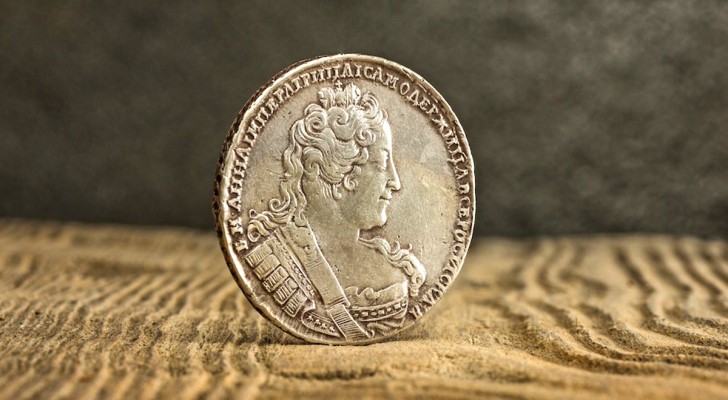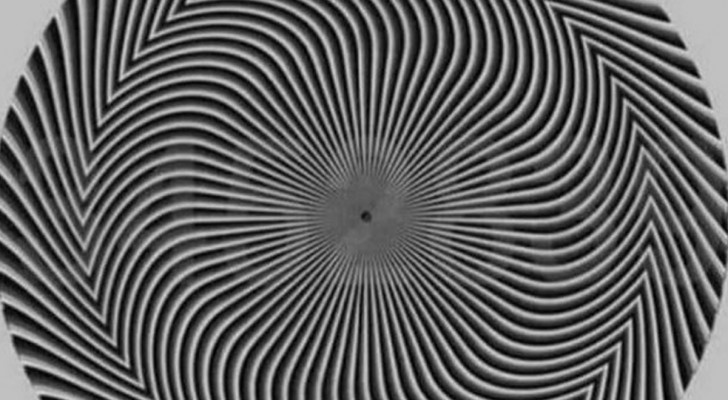11 secret places hidden in famous buildings that we all know

It is not rare that artists (of all kinds, painters, architects, sculptors, singers, musicians ...) decide to hide a secret within their works of art!
Perhaps, this is because the artist still wants to feel personally connected to their artwork, despite having donated it to the public in general or to a particular community!
Examples could be cited by the hundreds, but this time we have decided to focus on secrets hidden in buildings.
By the way, I wonder if any of you have ever been in one of these places and who knows if perhaps you were also aware of the existence of these hidden rooms unknown to most people ...
A segret apartment located in the Eiffel Tower (Paris, France)

At the end of the construction of the Eiffel Tower, Gustave Eiffel decided to reserve a small space all for himself. Consequently, on the third floor of the structure, he created an apartment, furnished with the tastes of his epoch. Still, today, the antique wooden furniture of the period, some paintings, and even a grand piano are preserved inside the apartment.
There were many people who asked him to take advantage of the apartment for one night only, but he refused any kind of offer, keeping for himself (and for some intimate friends) this small, wonderful apartment.
Source: Independent
A prison in the Palazzo Ducale in Venice, Italy.
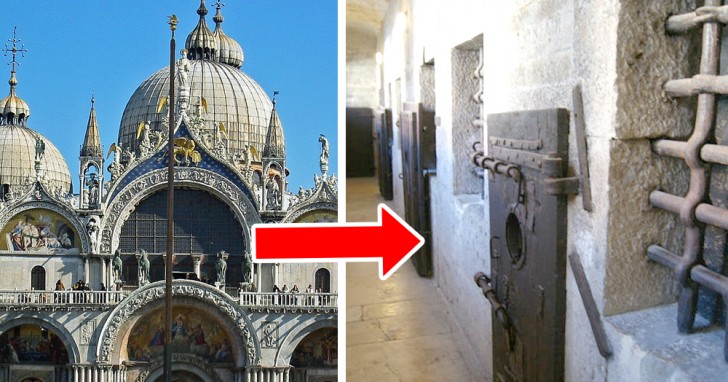
With the term, "Piombi" (lead) was indicated the area once used for the detention of prisoners which was located in the attic of the Palazzo Ducale. The prison owes its name to the material with which the roof was built, as it was in fact, made of lead, reinforced inside with larch wood beams.
Giacomo Casanova was also detained in this prison, which he meticulously described in his novel "History of my Escape from Piombi" and from which he managed to flee with his cellmate.
Plan 103 of the Empire State Building.
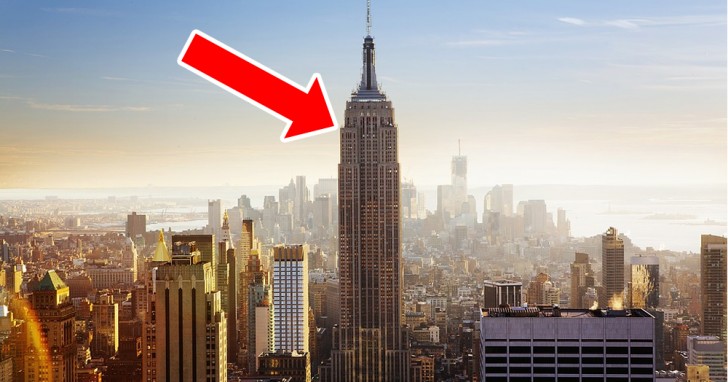
Officially the Empire State Building has 102 floors, all accessible to the public and on the last floor, you can enjoy a magnificent view of Manhattan with its hundreds of skyscrapers, scattered around on all sides. Few know, however, that there is a 103 floor, absolutely not accessible and not advised for those who suffer from vertigo! In fact, it is almost entirely exposed to the open air and has only one low railing (that does not reach the knees) which is supposed to be a safeguard against possible falls. However, it is only from here that you can experience a full 360° panoramic view of the city.
The underground tunnels of Las Vegas.

Would you ever think that under the streets of Las Vegas, the city of entertainment and lights, there is another diametrically opposed reality? The latter is not made of money, gambling, liquor and luxurious hotels, but of poverty, degradation and illegal immigrants. The tunnels that branch off under the city are the home of hundreds of homeless people, who live in darkness in total abandonment.
The secret room in Mount Rushomore.
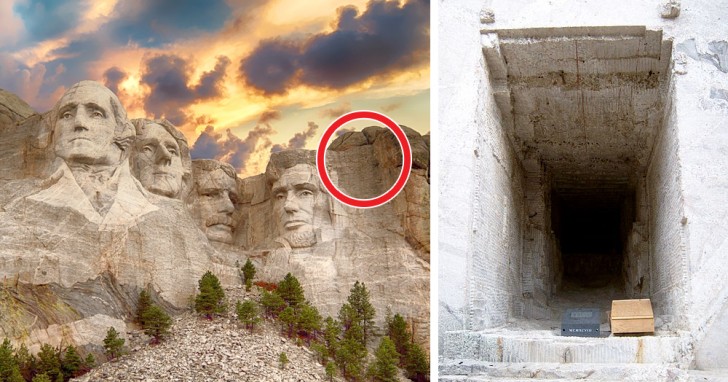
Near the head of Abraham Lincoln, in the depths of the rock, a secret room was built in 1930. Inside, this room the most important documents of American history, including the Declaration of Independence, have been kept and still are today!
Source: Business Insider
The empty mansion at Times Square.
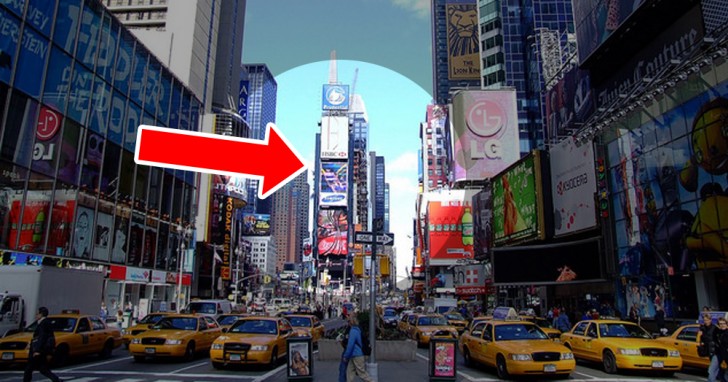
In Times Square, the building covered with the brightly lit screens stands out. Many wonder what is inside the building behind the screens, and the answer is "nothing". Once there were offices, but the company that occupied them went bankrupt in 1992. Since then it has been uninhabited, except the ground floor where there are stores. The owner of the building, however, continues to receive a not indifferent amount of money for the structure. In fact, by renting the outer walls of the building, he earns 23 million dollars every year.
The "Stufetta" in the Apostolic Palace.
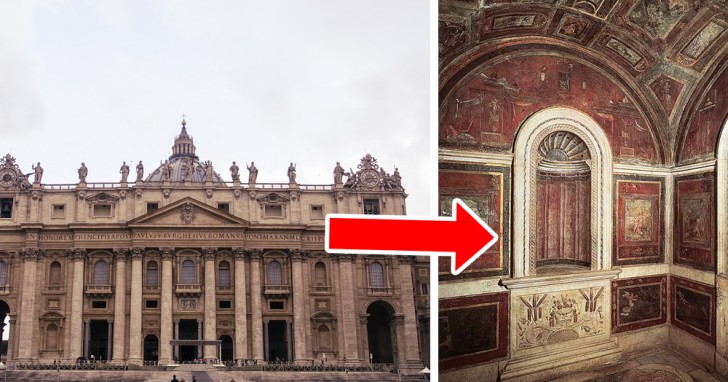
The Stufetta of Cardinal Bibbiena is a small room located on the third floor of the Apostolic Palace, in Vatican City. The "Stufetta" is nothing more than a private bathroom that was integrated into the largest apartment occupied once by the cardinal. It is well-known for the erotic frescoes executed by the students who attended the school of the famous Italian painter f Raffaello.
Image: maxpixel.freegreatpicture.com
The Suite in the Disney castle.
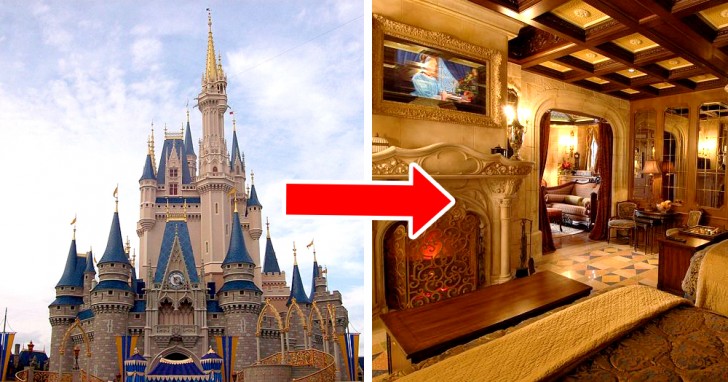
Inside the famous and spectacular castle at Disney World, there is a hidden a luxurious suite, commissioned by the same Walt Disney. The decor is of great value, with a marble fireplace built on the base of an old 17th-century French wooden fireplace. Only recently has the park management decided to allow access to a few very lucky people each year, drawn from a lottery involving thousands of people.
Image: Rstoplabe14 /Wikimedia
What is hidden in the torch of the Statue of Liberty.
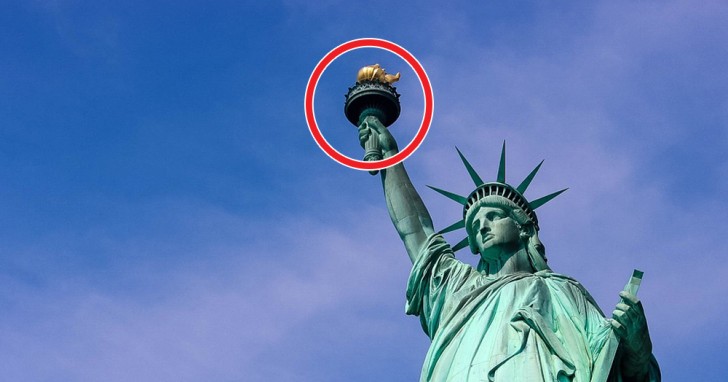
Today, tourists flock to enjoy the view from the crown of the Statue of Liberty, but once the most coveted point was the torch. There was a ladder that allowed access but it was damaged by an explosion in 1916. For that reason, access to the public was forbidden while the torch was being replaced and since then access to the public has continued to be forbidden.
Source: Amny
The abandoned station of City Hall.
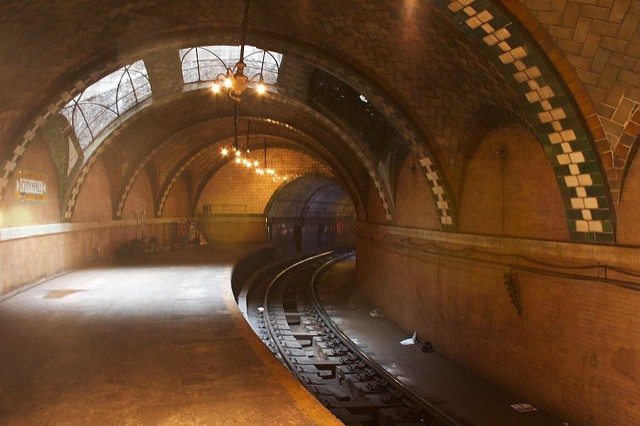
There are numerous abandoned stations along the New York City's subway, which are closed to the public. Among these is the City Hall station, once the main station of the first subway line in New York. It was closed in 1945 (after being opened in 1904) due to a structural incompatibility with modern trains. The station was built in a neo-Romanesque style and still today the elegant skylights and bronze chandeliers are visible inside.


